Italian gear maker Dainese has been an action-sports giant since before the term existed. With deep roots in motorcycling and now snow, bicycle, and equestrian sports, the company has long been a much-copied innovator. Since Lino Dainese released his first product in 1972 (a pair of motocross pants), the company has been a pioneer in personal-safety apparel. It was Dainese that created the first back protector in 1978, followed by knee sliders for leathers in ’80, the aerodynamic hump on leathers in ’88, toe sliders in ’93, carbon-fiber/Kevlar glove protection in ’95, and D-Air airbag technology in 2000.
Race to mars: Dainese has long supplied racers with top-notch protection. But the Italian company’s next challenge is developing this special suit for a future trip to Mars.
Now, Dainese is collaborating with MIT in a NASA Institute for Advanced Concepts project to develop a Biosuit for astronauts. The goal is to create a suit that provides the necessary pressurization of the body without the added bulk and subsequent lack of mobility that is common with the current air-filled spacesuits. The lines on the suit are filaments that mechanically create the necessary tension. The filaments follow the body’s Lines of Non Extension (LoNE), which is a biomechanical concept discovered and mapped by Arthur Iberall in the 1940s. LoNEs are said to neither stretch nor contract during a body’s movements. Dainese hopes the ongoing project will be completed in time for the first human mission to Mars, which, according to the US national space policy, may happen by the mid-2030s.
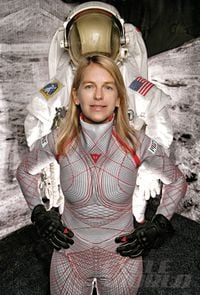
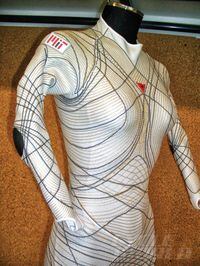
/cloudfront-us-east-1.images.arcpublishing.com/octane/6KWAL3TFNJBGTJMJSKQ2C6I3IY.jpg)
/cloudfront-us-east-1.images.arcpublishing.com/octane/GK5I5R3X7JCABGCKAKT4XY2K7U.jpg)


/cloudfront-us-east-1.images.arcpublishing.com/octane/RGUT3Y65IFGDFMLHQ3U7G5UUQE.jpg)
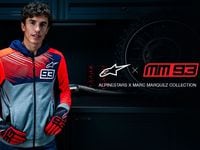
/cloudfront-us-east-1.images.arcpublishing.com/octane/37CSHD6CKRHYXHRB67EOLDS6XM.jpg)
/cloudfront-us-east-1.images.arcpublishing.com/octane/FYB7GKDGLVE3JKXMM75JTG2RYA.jpg)
/cloudfront-us-east-1.images.arcpublishing.com/octane/3ECVMM622VAZHIOLI6Q6ILWULU.jpg)
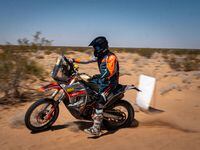

/cloudfront-us-east-1.images.arcpublishing.com/octane/UIZQ7VXRCRHBVDFK5RFJIEBBAU.jpg)

/cloudfront-us-east-1.images.arcpublishing.com/octane/QXBJ4CVEEBG2BF5O3TOPIGP7ZE.jpg)
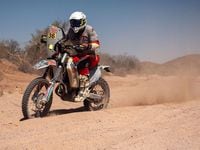
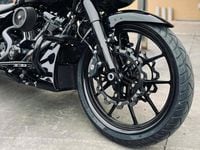
/cloudfront-us-east-1.images.arcpublishing.com/octane/HGNDJUKK4FHNTP5XEYYHWVW6NI.jpg)
/cloudfront-us-east-1.images.arcpublishing.com/octane/GDGQOIQBDBCXLIUZUEMCP2C5ZE.jpg)
/cloudfront-us-east-1.images.arcpublishing.com/octane/M6Z3IHJEAZE4XDQGCFN7YPJEOA.jpg)
/cloudfront-us-east-1.images.arcpublishing.com/octane/L6GYTNOQB5FOXPUZIQZYQSJ3PI.jpg)
/cloudfront-us-east-1.images.arcpublishing.com/octane/FCGZHQXRBZFLBAPC5SDIQLVF4I.jpg)
/cloudfront-us-east-1.images.arcpublishing.com/octane/CWPFD2XJ6VHSJK3YMIJGHRJ5SA.jpg)
/cloudfront-us-east-1.images.arcpublishing.com/octane/4TTNZVVO6ZGN7AQUHVGHM4NFLQ.jpg)
/cloudfront-us-east-1.images.arcpublishing.com/octane/RXDCXNV46VFEVM4FNKCBPCTQXE.jpg)